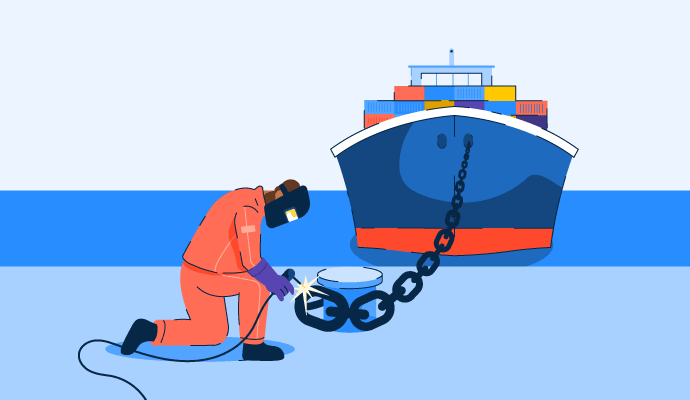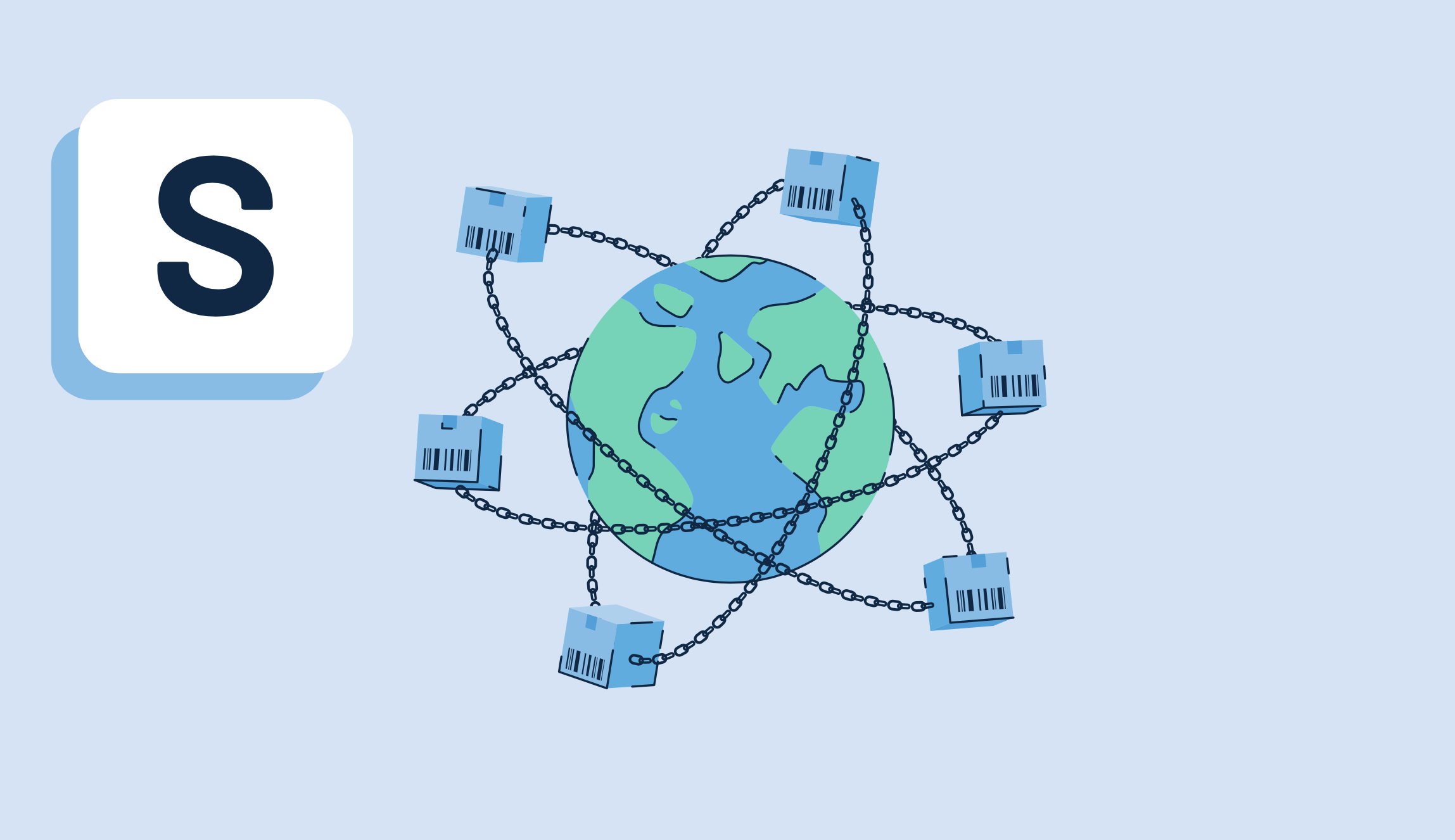Supply Chain Management Software Resources
Articles and Glossary Terms to expand your knowledge on Supply Chain Management Software
Resource pages are designed to give you a cross-section of information we have on specific categories. You'll find articles from our experts and feature definitions.
Supply Chain Management Software Articles
66 Supply Chain Statistics that Unveil Trends and Predictions
A supply chain is formed by a group of people and businesses responsible for producing a product and getting it to the consumer. Maintaining a supply chain is necessary for efficient distribution of a company’s products or services. Decreased expenses and higher output generated by a well-optimized supply network demonstrate its significance in supply chain management.
by Sagar Joshi
Announcing G2’s New Logistics Intelligence Software Category
G2 just launched the Logistics Intelligence Software category to reflect the burgeoning use of machine learning and advanced analytics in supply chain management. The emergence of this market proves predictions G2 has made over the past two years about the acceleration of machine learning in logistics.
by Anthony Orso
Ukraine Crisis Poses a New Threat to the Global Supply Chain
In G2’s 2022 Digital Trends, I discussed the difficulties facing the global supply chain and business strategies to overcome them. I identified international discrepancies in health regulations to fight the COVID-19 pandemic and geopolitical tensions as major obstacles toward achieving a stable supply chain and economy.
by Anthony Orso
How to Keep Supply Chains Up and Running During Major Disruptions
While supply chain management is a relatively new concept, trade is one of the oldest human occupations. Among the first global trade routes was the Silk Road, named after the silk trade, a textile industry initially developed in China around the year 2,700 BC.
by Gabriel Gheorghiu
How to Choose the Best Supply Chain Software for Your Business
Supply chain technology is like a puzzle—most of the time, companies must combine multiple pieces to cover their needs. Only a few vendors can provide all or most pieces of the puzzle, and the cost of buying and implementing everything is prohibitive to most companies.
by Gabriel Gheorghiu







